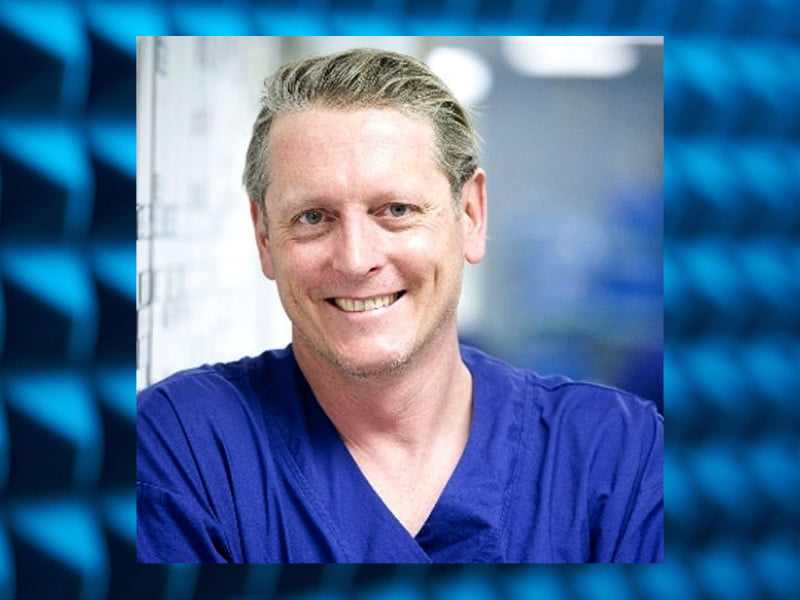It might seem like 3D printing is a very recent innovation, but it was way back in 1991 that neurosurgeon and entrepreneur Paul D’Urso landed a grant of just over $1000 to try to 3D-print body parts.
This was soon after the Australian government had acquired the country’s first 3D printers. At the time, Professor D’Urso was working as a junior doctor at the Princess Alexandra Hospital in Brisbane.
His passionate interest was in combining the cutting-edge technology of 3D printing, with 3D computer graphics, particularly from CT and MRI imaging.
Using the grant money, he was able to merge the two technologies, getting data from a CT scanner and running it through a computer graphics software, then putting this into a 3D printer and replicating anatomical objects.
The result was pioneering work in 3D printing body parts for patients, a life-changing innovation for individuals, particularly those facing reconstructive surgery.
In this episode of the Commercial Disco podcast, Professor D’Urso talks to James Riley about what it was like to create a ‘dinosaur’ startup in the nineties, being on the forefront of a life-changing technological development, and the issues with commercialising ground-breaking HealthTech inventions in Australia.
“Within a year we’d managed to actually achieve our goal and join the 3D printer and the CT scanner together,” Professor D’Urso said.
“And that was really the inception of my work to develop pioneering medical 3D printing technology,” he said.
“When I started the research into the completely new frontier, it was like discovering America – you’ve got virgin forests, and really it was a complete frontier to start doing this type of work.”
Professor D’Urso launched his company, Anatomics, in 1995 developing and manufacturing personalised 3D-printed body parts and models for surgical planning.
Anatomics manufactures and markets surgical products to surgeons nationally and around the world, with a headquarters and medical manufacturing facility in Melbourne.
The company offers patient-specific and standardised off-the-shelf implements and tools. These can be based on individual patient medical imaging data supplied by a referring surgeon.
Its technology and medical devices have now been used around the world.
“The ability to replicate body parts and to create reconstructive solutions for people is everywhere around the world,” Professor D’Urso said.
“That process over 30 years has been very fascinating, and we’ve been able to do all sorts of very innovative things.”

But despite this global success and popularity, Anatomics is still a relatively small company, and Professor D’Urso said it has had modest financial success, despite the tens of thousands of people benefiting from their technology.
“One of the downsides in Australia is it’s very difficult to get the recognition and the cooperation to really exploit the technology for the country’s benefit,” he said.
“That culture of innovation that seems to be so prevalent now, but at that time [in the 1990s] didn’t exist. So. some young bloke (D’Urso) who’s doing a PhD came along and said, ‘look at this, isn’t this amazing technology’.
“But there was no support around to really develop that business and to innovate it and grow it in a structured way.”
The company faced a Catch-22, he said. It was unable to get any reimbursements for its products, because it didn’t have a regulatory framework around it, but was unable to fund going through this process without any revenue.
“We came up with innovative solutions that were clearly beneficial to patients and changed people’s lives enormously,” D’Urso said.
“So we just wanted them, but there was no regulatory framework around it and there was no reimbursement for it.”
Thirty years after launching its products, the TGA is still yet to regulate this type of technology adequately, Professor D’Urso said.
“There is still no reimbursement 30 years later for what we do for the vast majority of our surgeries that we carry out with this technology,” he said. “It’s not recognised, it’s not valued.”
“This is the single most formidable barrier to commercialisation of technology in this country.”
Do you know more? Contact James Riley via Email.
